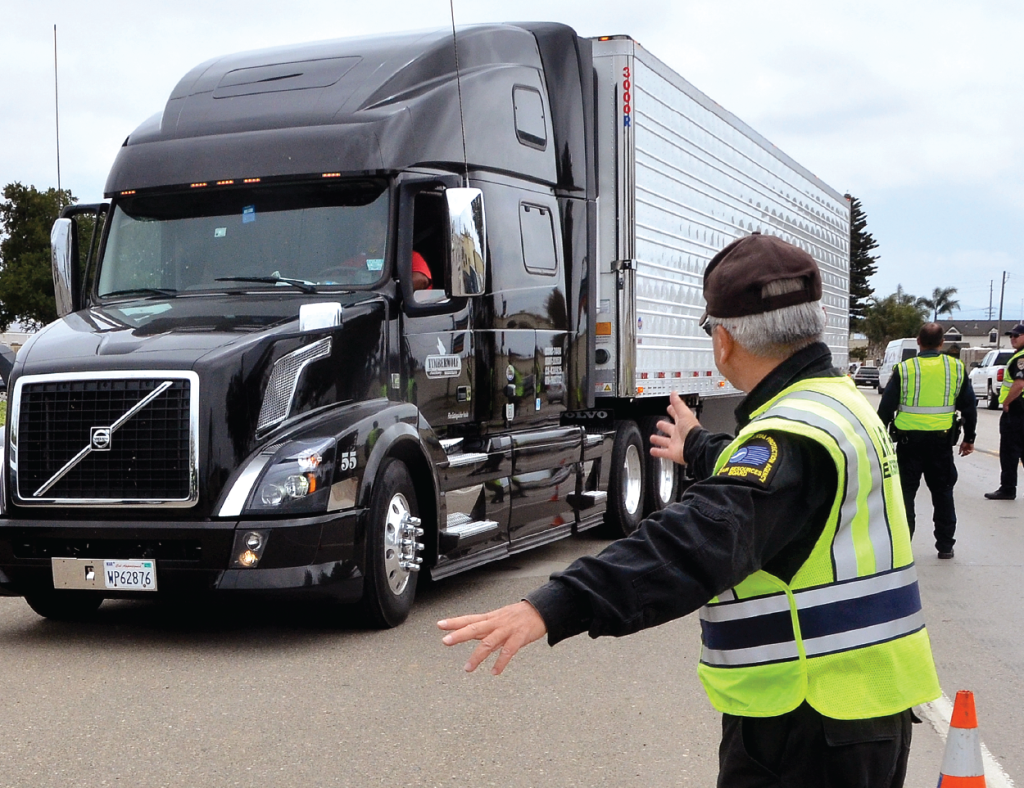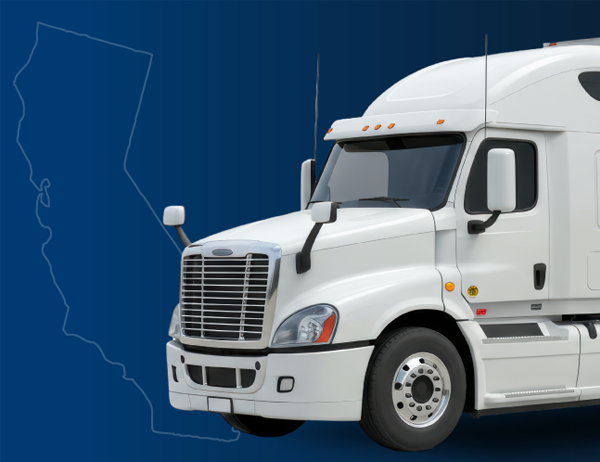Categorizing Big Trucks
When you think of medium- and heavy-duty trucks, what comes to mind? While some may think solely of equipment like tractor trailers, flatbeds, and refrigerated units, there are actually a wide range of vehicle types in these categories — from boom trucks and dump trucks to semis and garbage trucks. Let’s dive into how these big trucks are classified and why it’s important to know the correct classification.
How Are Vehicles Classified?
The U.S. Department of Transportation (USDOT) classifies vehicles based on gross vehicle weight ratings (GVWR), a safety standard used to prevent overloading. GVWR limits the maximum weight of a vehicle, including fuel, passengers, and freight. The manufacturer (Original Equipment Manufacturer, or OEM) determines this maximum weight based on factors like axle strength, brake efficiency, tire capability, and the vehicle’s frame.
Exceeding a truck’s GVWR can cause safety concerns such as brake failure, tire strain, and ineffective suspension components. Therefore, it is crucial for all carriers and drivers to understand these limits.
Vehicle Classes
The USDOT categorizes vehicles into eight classes based on their GVWR. Classes one through three make up light-duty trucks, while medium and heavy-duty trucks fall into classes four through eight. Some charts also include class nine for super heavy-duty trucks. Here’s a breakdown of the medium- and heavy-duty truck categories:
Medium-Duty Trucks
Medium trucks weigh between 14,001 and 26,000 pounds and are typically used for transporting goods or people within the same state. Examples include box trucks, firetrucks, and school buses. They are divided into the following three classes:
- Class 4: 14,001 to 16,000 pounds
- Class 5: 16,001 to 19,500 pounds
- Class 6: 19,501 to 26,000 pounds
Heavy-Duty Trucks
Any vehicle exceeding 26,001 pounds is considered heavy-duty. Examples include city transit buses, mobile cranes, cement mixers, refuse trucks, and tractors designed to pull refrigerated trailers, dry vans, and other equipment. These vehicles are primarily used for long-haul transportation and are divided into three categories:
Class 9: Vehicles exceeding 60,000 pounds (super-heavy/special-duty trucks)
Class 7: 26,001 to 33,000 pounds
Class 8: 33,001 pounds or heavier
Why Truck Weight and Classification Matter
Understanding which class a vehicle belongs to is critical for compliance, safety, and maintenance needs. Certain laws and maintenance requirements may apply depending on the vehicle’s weight, including:
- License Levels: Since 1992, professional drivers have been required to obtain a commercial driver’s license (CDL) to operate vehicles weighing more than 10,001 pounds. There are three classes of CDLs based on truck weight — class A, B, and C. For more information, the Federal Motor Carrier Safety Administration (FMCSA) provides a detailed overview of CDL classifications and requirements.
- Hours-of-Service (HOS) Laws: HOS regulations apply to any commercial driver operating a vehicle that weighs more than 10,001 pounds. However, there are some exemptions, including emergency relief vehicles, tow trucks responding to a breakdown, and CMV drivers operating in Alaska.
- Weigh Station Guidelines: Medium and heavy-duty trucks are required to stop at weigh stations. Bypassing open stations can result in being pulled over by a DOT officer, with consequences including a citation or being escorted back to the station for a more thorough inspection.
- Permit Requirements: Heavy-duty trucks hauling oversized shipments require certain permits and signage for transportation. Without proper certification, the driver may have to halt transit until they have the appropriate documents, potentially leading to delayed deliveries.
- DOT Number Regulations: GVWRs also dictate whether a DOT number is required for operation. Vehicles that exceed 10,001 pounds must have a DOT number labeled on at least two sides of the vehicle.
- Maintenance Needs: The type of vehicle determines the maintenance and repairs needed. It is critical to communicate this information to the repair facility, whether for roadside assistance or scheduling a regular checkup. Learn more about CMV maintenance by exploring how FleetNet America maintains medium and heavy-duty vehicles.



